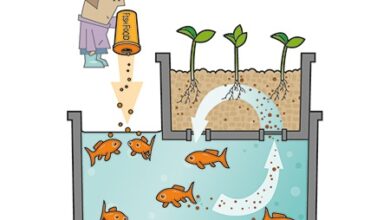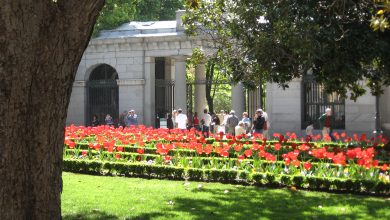Characteristics and care of Pachystachys lutea

Pachystachys lutea also known as Shrimp tail, Pachitachis or Choclo de oro. It belongs to the Acanthaceae family and is cultivated throughout the world for its showy inflorescences. It is native to the tropical countries of Central and South America (especially Ecuador and Peru). Today it can be found in tropical and subtropical regions throughout the world.

Maybe you may also be interested: Jasminum sambac, a plant that will make any garden shine
Pachystachys lutea characteristics
Plant that can reach more than 1.50 m tall outdoors, but if it is grown in a pot it does not usually exceed the average height. Slender, branched and woody stems, reddish-brown in color with pronounced internodes. The leaves are large, dark green on the upper side and lighter on the underside. Oval in shape with a sharp apex and conspicuous nerves. It grows in opposite pairs of the stem internodes, and an obvious petiole is not usually seen.
The flowers appear racemose inflorescences of several bracts in yellow color. They appear on the sides of the inflorescence, they are elongated, whitish in color. The inflorescences appear at the apex of the stems or the axils of the leaf. They can last for months without wilting.
The inflorescence is linked to environmental temperature, so it only blooms in times of high temperatures. Although in some tropical countries it can bloom almost all year round.
Pachystachys lutea care
Temperature
This species is capable of withstanding temperatures of up to 36˚C, but the ideal range is 10-20˚C. It is necessary to keep them protected in the winter, since very low temperatures can affect them. If this happens to the plant, the leaves that have been damaged must be removed.
illumination
This plant should be cultivated in places with good lighting, but that the sun does not shine directly for a long time, since it could severely damage it by burning its leaves. It can be grown indoors, but the plant will not grow much due to the lack of light. In winter, when the sun is low, it can receive direct light throughout the day.
Substratum
It is a plant that does not require much with respect to the substrate. Just a little fertile soil mixed with a little sand so that it can favor drainage and, with it, a good development of it. You can even incorporate some small stones into the substrate for optimal drainage.
Irrigation
In the summer, it is necessary to water frequently, but the irrigation will depend on the place where it is planted and the characteristics of the pot. If it is in a clay pot, water every 2 days. But if it is located in a plastic pot, water every 4 days just as if it is in the ground. It is essential that the pot has good drainage so as not to flood the substrate. In winter, the frequency of irrigation should be minimized once a week.

fertilizer
From spring and summer, Pachystachys lutea can be fertilized every 2 weeks with a liquid fertilizer previously diluted with irrigation water. Use a fertilizer that contains phosphorus, nitrogen, potassium in addition to the microelements (manganese, copper, zinc, boron, iron and molybdenum) for the optimal growth of the plant.
Transplant
In order for flowering to occur abundantly all year round, it must be transplanted in the spring. Use a pot that is larger in size than the one it was planted in previously.
Plagues and diseases
One of the most common problems that can occur is poor flowering. This is due to the air, so the ideal is to place it in places where it is not present.
If the watering is little, the leaves begin to wither. Therefore, the frequency of irrigation must be regulated.
The presence of mites causes a dusty appearance on the surface of the leaves until it finally falls off. The most effective treatment is to increase the humidity of the environment with frequent nebulisations. Now that if the infestation is critical, it is best to use chemicals
Spread
The most efficient way to propagate it is through cuttings. Cuttings can be obtained in the spring by cutting the apex of some healthy stems. Then it is cut below the internode (with the help of a sharp knife). The cuttings are then planted in a substrate that is made up of peat and coarse sand. Rooting hormones can be used to increase the chances of success.
What do you think of this plant? Do you know it? If so, do not stop telling us more about it so that we can add to the list.

![Photo of Platycodon: [Care, Planting, Irrigation, Substrate and Pests]](https://www.complete-gardening.com/wp-content/uploads/2022/08/platycodon-care-planting-irrigation-substrate-and-pests-390x220.jpg)
![Photo of List of [16] Indoor Plants that Bloom All Year](https://www.complete-gardening.com/wp-content/uploads/2021/06/kalanchoe_1583756127-390x220.jpg)

